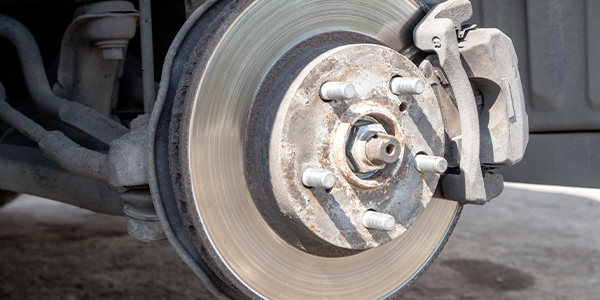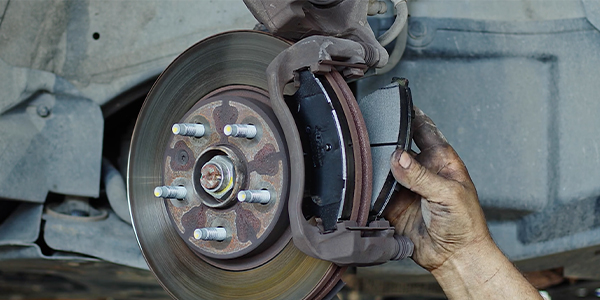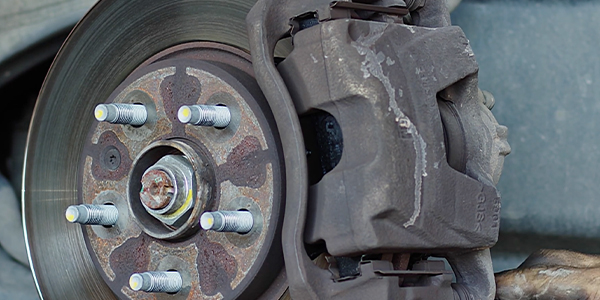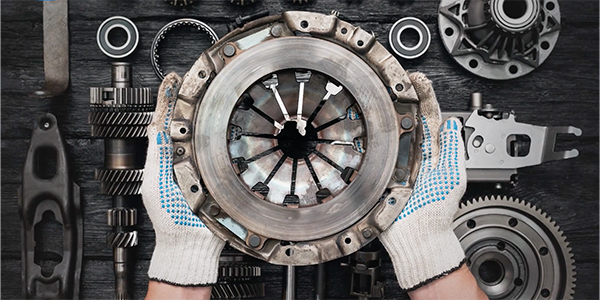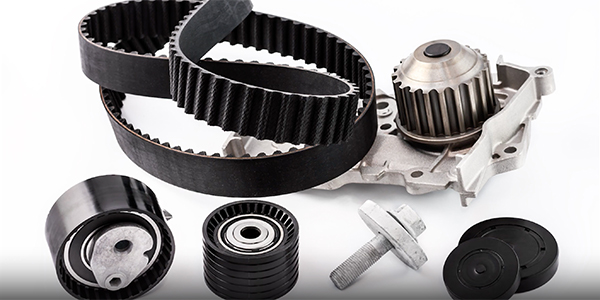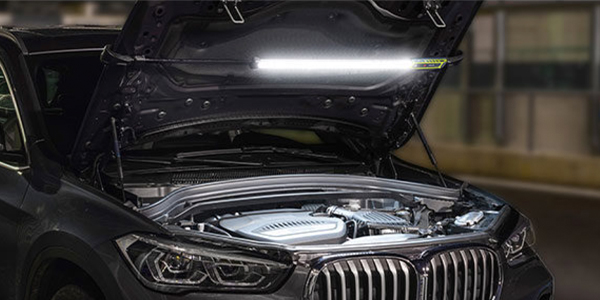Brake pull problems can be scary for drivers to experience and challenging for technicians to eliminate. How can you properly diagnose what’s going on when your customer says the car is pulling to one side under braking?
First, adopt a systematic diagnostic procedure that will not only save time, money and parts but also ensures customer satisfaction.
During a test drive to diagnose brake pull, it’s essential to start with the basics. Check tire inflation pressure and ensure there are no mismatched tire sizes, as these factors can cause constant or braking-induced pulls. Swapping tires from side to side can help identify a problematic tire causing the pull.
Pulls during braking may not always originate from the brakes themselves. Loose or worn steering and suspension components can also be culprits. Changes in the steering wheel’s relative position during straight-ahead driving after braking indicate potential issues in the suspension or steering components.
A stuck caliper can cause a pull, even without applying the brakes. Driving the car and noting the severity of the pull can help identify this issue. Additionally, a collapsed brake hose, often misdiagnosed, can act as a restrictor or check valve, affecting brake performance. Checking for heat discrepancies among wheels using an infrared thermometer can pinpoint a brake problem.
When you return to the shop, focus on the hot brake as it indicates friction. However, the hot brake may not necessarily be the problematic side. Comparing how easily the dragging wheel spins to the opposite side and loosening the bleeder screw for a free turn helps identify issues. If only one wheel is affected, it may be a brake hose problem, which can be confirmed by loosening the hose at the fitting.
Using brake pressure gauges proves handy for diagnosing uneven hydraulic pressure. They can measure hydraulic pressure side by side, offering insights into ABS units, master cylinders, and proportioning valves. Gauges with inserted “pads” assist in checking and comparing the force applied to the brake pad, aiding in identifying mechanical problems.
Loose caliper hardware or worn/misadjusted wheel bearings can cause uneven brake application, resulting in a pull. Mismatched friction materials or contaminated brake linings can also contribute to pulling issues. Worn upper strut mounts may cause memory steer conditions, resisting the steering’s return to the center.
Misaligned wheels can contribute to a constant pull, and will often exaggerate the pull during braking. An uneven scrub radius plays a significant role, with positive scrub radii causing a severe pull. Differences in scrub radii between front wheels due to bent components or wheel disparities can lead to pulling problems.
While technicians may block off brake hoses for diagnostic purposes, caution is advised. Using tools like vise grips can damage the hose permanently, collapsing the inner liner and complicating your accurate diagnosis. You should always use proper block-off plugs made from tubing for this purpose. Addressing brake pulls requires a comprehensive approach, considering various factors from tire issues to hydraulic pressure imbalances. A thorough understanding of potential causes ensures an accurate diagnosis and effective resolution, preventing unnecessary part replacements and ensuring optimal brake performance.

